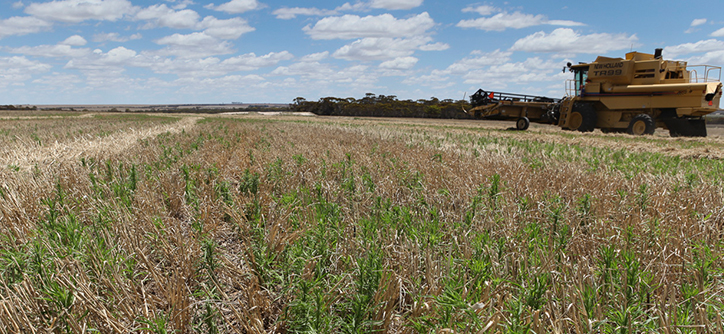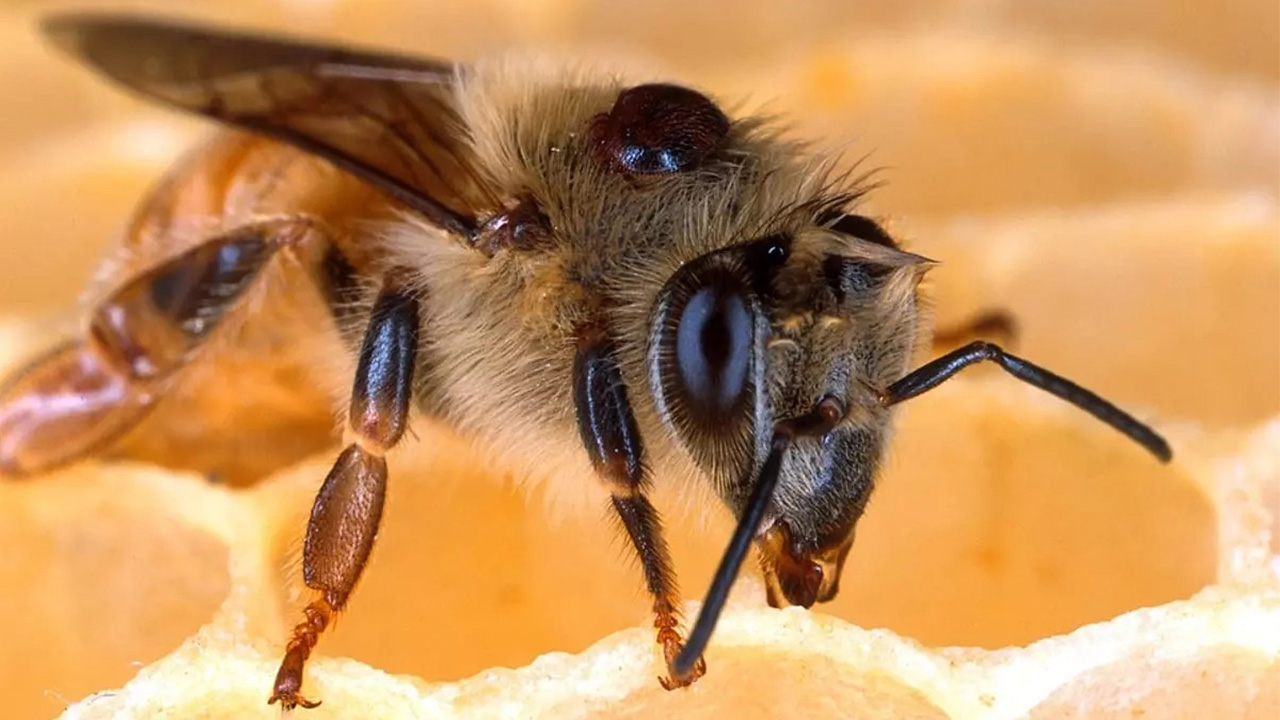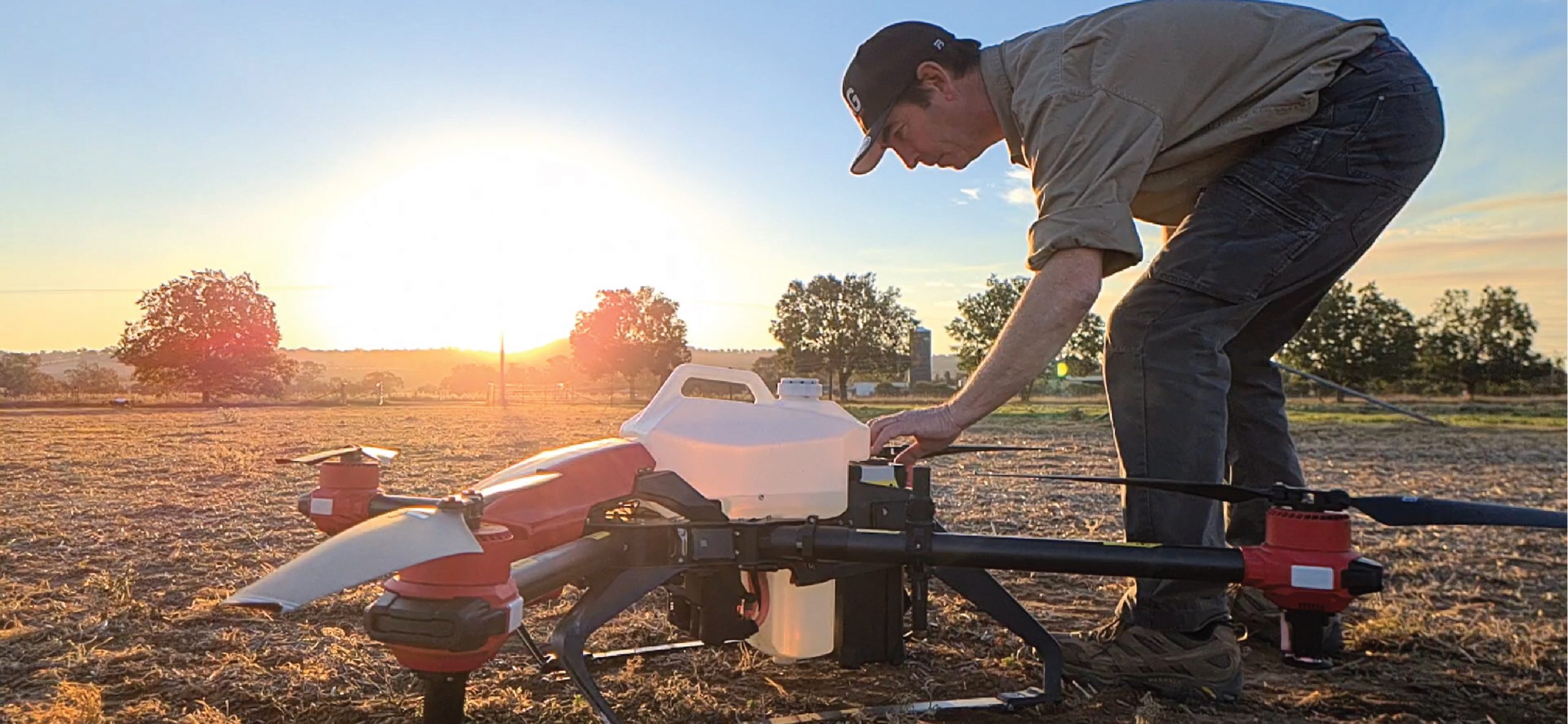Flaxleaf fleabane (Conyza spp.) and sowthistle (Sonchus spp.) are becoming significant problems in southern and western no-till farming systems.
These difficult-to-control weeds infest winter crops, pastures, fallows and roadsides. Populations of both species are also resistant to glyphosate in Queensland, New South Wales and South Australia. There are now populations of paraquat (Group L) resistant flaxleaf fleabane (C. bonariensis) in New South Wales.
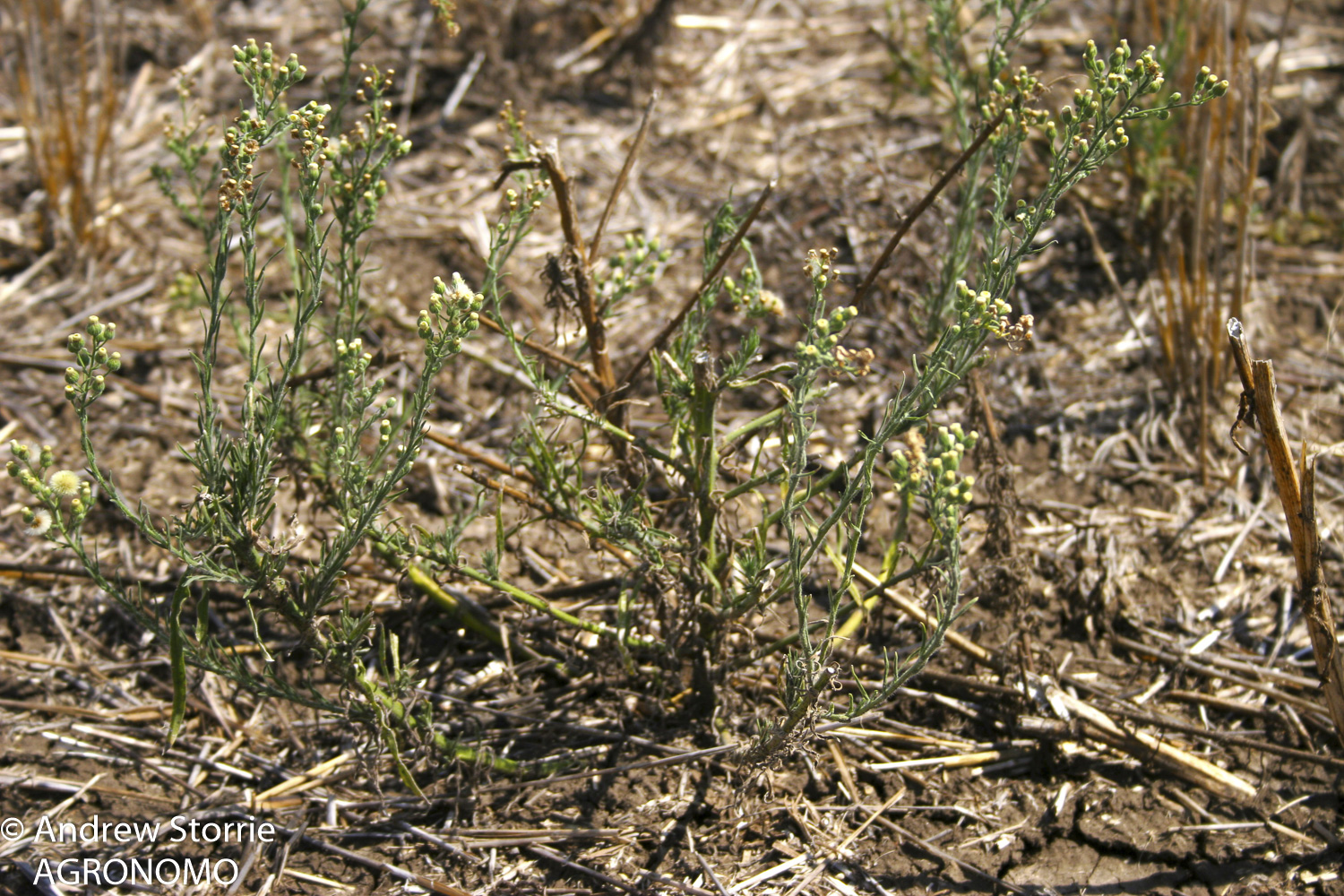
A problem with these species is that they often germinate in winter crops after post emergent herbicides are applied. These weeds then grow through to the summer fallow after the winter crop is harvested. Many areas of southern Australia have received reasonable spring rains and conditions have been suitable for this to happen.
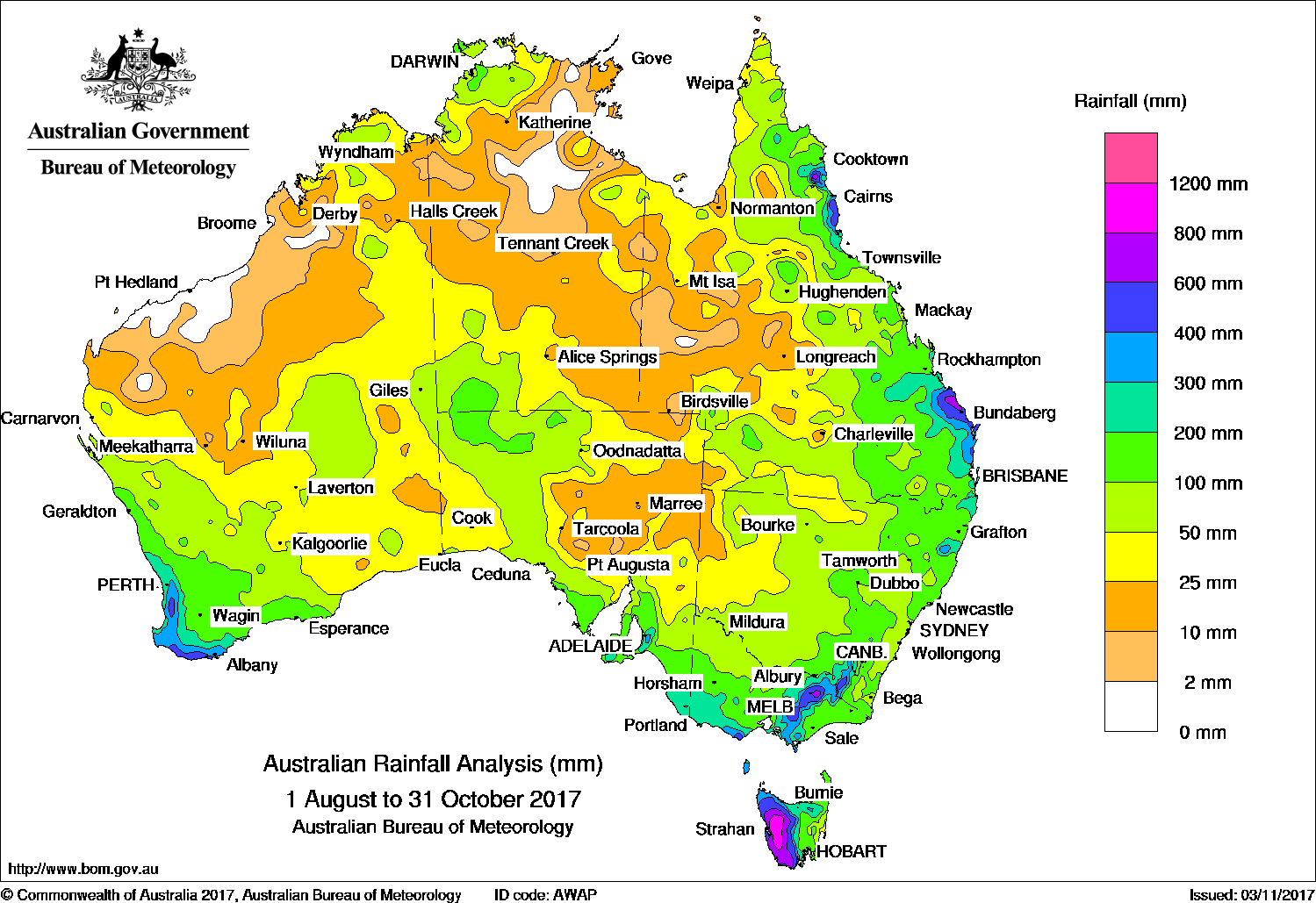
Figure 1. Rainfall for spring 2017
These weeds are much harder to control after harvest due to weed size and high temperature stress. For reliable control use a pre-harvest salvage spray at top label rates or a post harvest double knock strategy such as glyphosate + 2,4-D followed by paraquat. Failure to control weeds immediately post harvest can reduce next year’s crop yield through loss of stored soil moisture, especially in years with a dry summer.
To get ahead of the game with these weeds, follow the check list below to target the paddocks where they might be lurking.
- Paddocks that had fleabane or sowthistle infestations in the past two years?
- Fleabane or sowthistle along fences or roadways?
- Rain in the past four to eight weeks that kept the soil surface moist for at least three consecutive days?
If so, these paddocks should be checked for infestations so they can be targeted with a pre-harvest salvage spray or post harvest double knock. At this time, most winter cereals will be too advanced for a late post emergent application of 2,4-D.
Factors that will reduce the level of risk from these species include:
- If the field was cultivated this year.
- Growing triazine-tolerant canola – fleabane is sensitive to atrazine.
- Clopyralid applied to canola at the 8 leaf stage, there could be some residual control of weed seedlings.
- Crop row spacing is less than 25 cm which increases crop competition, particularly in cereals.
For more information on the biology of fleabane and sowthistle see GRDC’s Section 6 Common Weed Profiles of the Integrated Weed Management Manual .
For information of herbicides for salvage/pre-harvest spraying see – GRDC Late Season Herbicide Use Fact Sheet .
Story and photos courtesy of Andrew Storrie – AGRONOMOconsulting

